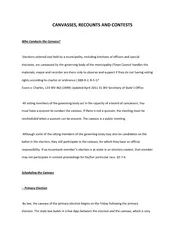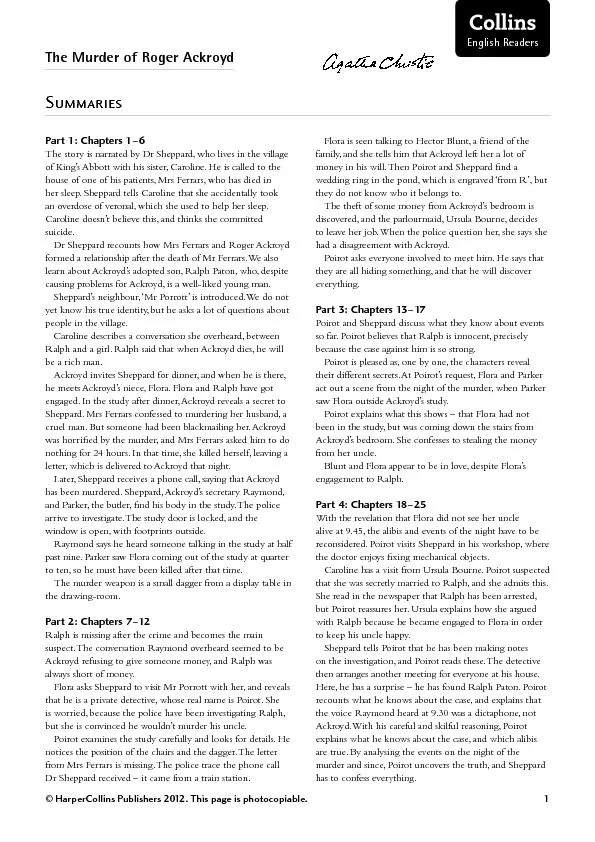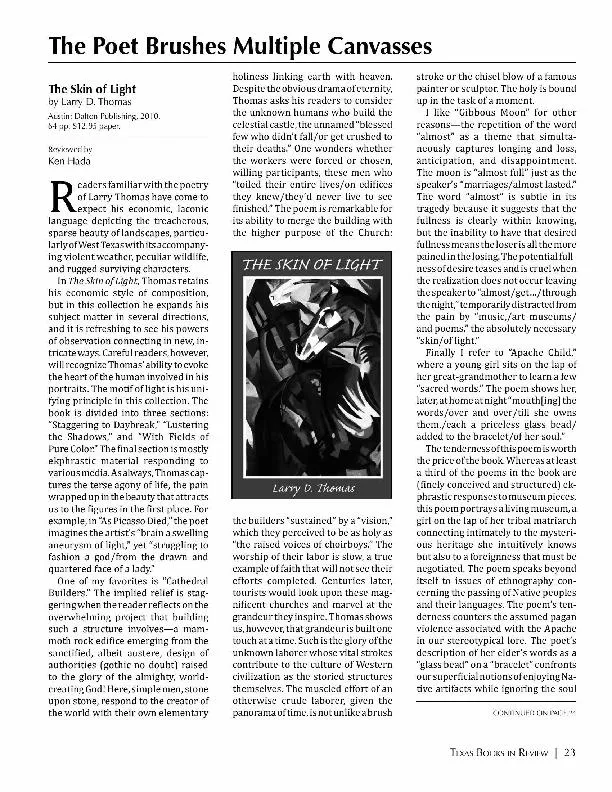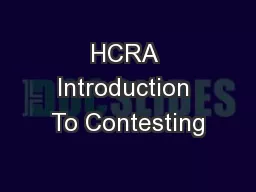PDF-CANVASSES RECOUNTS AND CONTESTS Who Conducts the Canva
Author : marina-yarberry | Published Date : 2015-05-11
8 2 8 17 tshtsK All vo ting members of the governing body act in the capacity of a board of canvassers You must have a quorum to conduct the canvass If there is
Presentation Embed Code
Download Presentation
Download Presentation The PPT/PDF document "CANVASSES RECOUNTS AND CONTESTS Who Cond..." is the property of its rightful owner. Permission is granted to download and print the materials on this website for personal, non-commercial use only, and to display it on your personal computer provided you do not modify the materials and that you retain all copyright notices contained in the materials. By downloading content from our website, you accept the terms of this agreement.
CANVASSES RECOUNTS AND CONTESTS Who Conducts the Canva: Transcript
Download Rules Of Document
"CANVASSES RECOUNTS AND CONTESTS Who Conducts the Canva"The content belongs to its owner. You may download and print it for personal use, without modification, and keep all copyright notices. By downloading, you agree to these terms.
Related Documents














